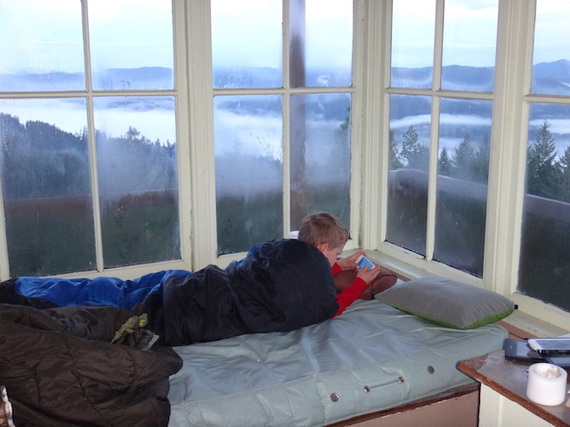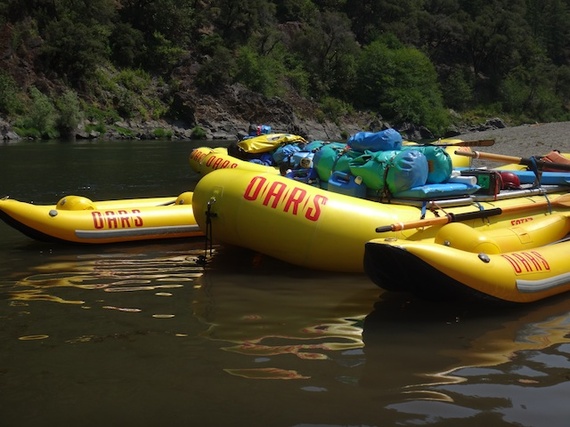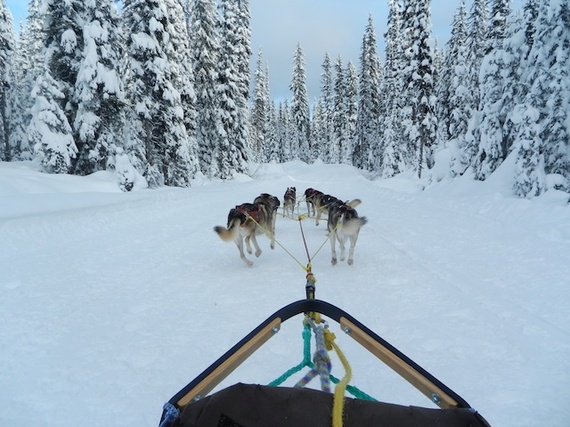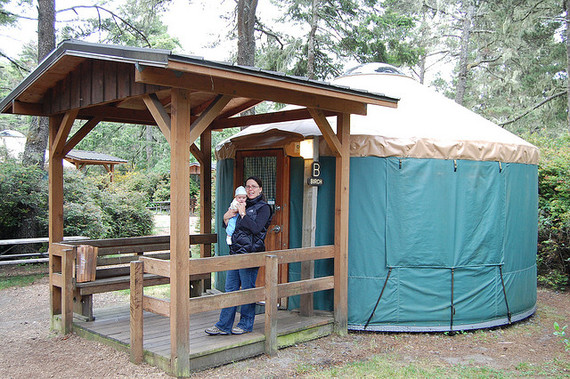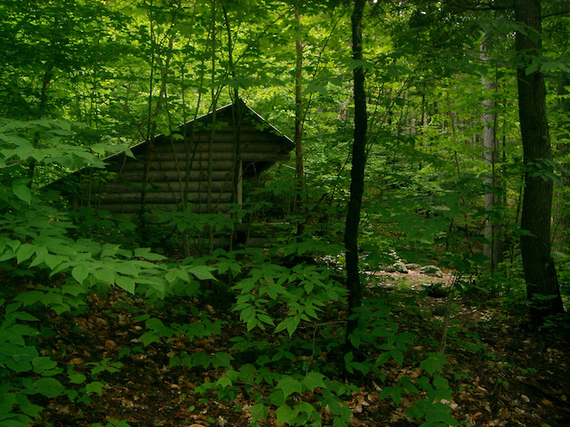Camping can be a lot of fun, but it can also bring a lot of hassle. We have been camping for decades, and our experience in the outdoors has helped us learn some pretty great camping hacks along the way to help us spend less time on the hassle and more time enjoying the outdoors.
Glossy magazine covers and campground brochures highlight fun-filled days at the lake or river, restful afternoons lying in a hammock slung between two trees, roasting marshmallows by the fire, and snuggling into cozy sleeping bags at night.

If this idealized version of camping doesn’t exactly mirror your own family camping experiences, you’re not alone. My first few excursions into the great outdoors with my kids involved more work than play, more chaos than relaxation, and far more dirt (on everything) than I bargained for.
In the years since, I’ve learned some camping hacks that have turned my camping trips into the postcard version.
Want to ensure that your next camping trip is relaxing, stress-free, and focused on the fun, not the chores, in the outdoors? The following camping tips will ensure more time in the hammock and less time over a camp stove.
20 Camping Hacks to Make Your Next Family Vacation Better
1. Use Dryer Lint as a Fire Starter
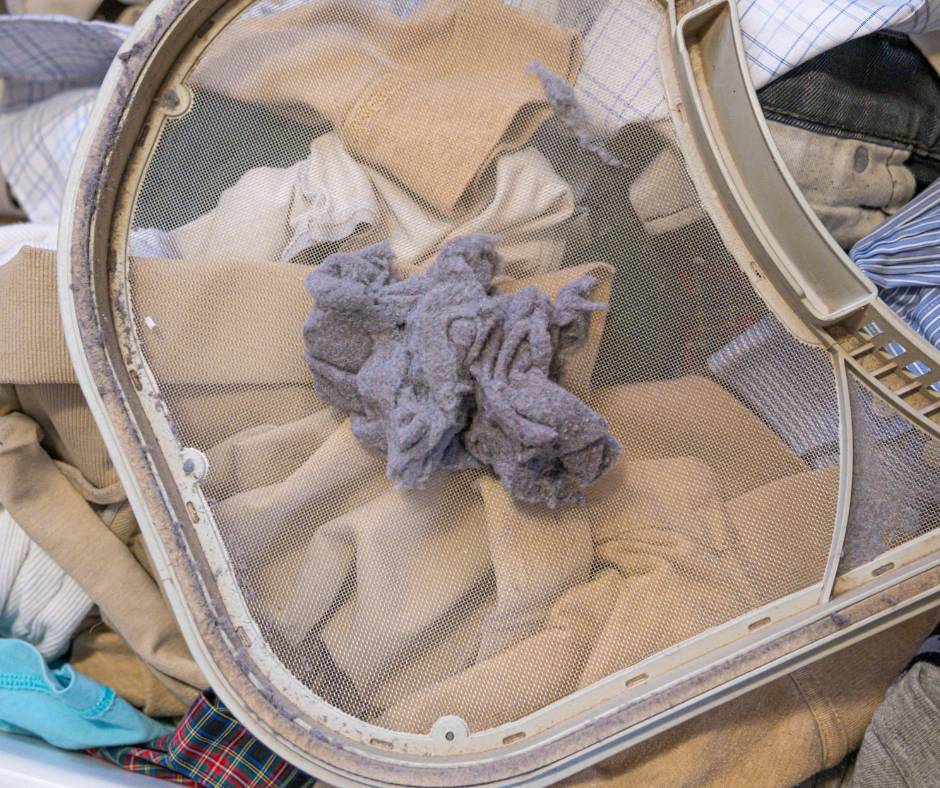
Why buy fire starter or chemical-based gel? Use dryer lint as your fire-starter: simply save lint in cardboard egg carton pockets, pour candle wax over each pod, then bring along to start your fire.
Use can also use cotton pads soaked in melted wax or coated in petroleum jelly as fire starters. They ignite easily and will help you get your campfire going.
Here are some of our favorite RV rental tips.
2. Re-Purpose Your Shower Tote
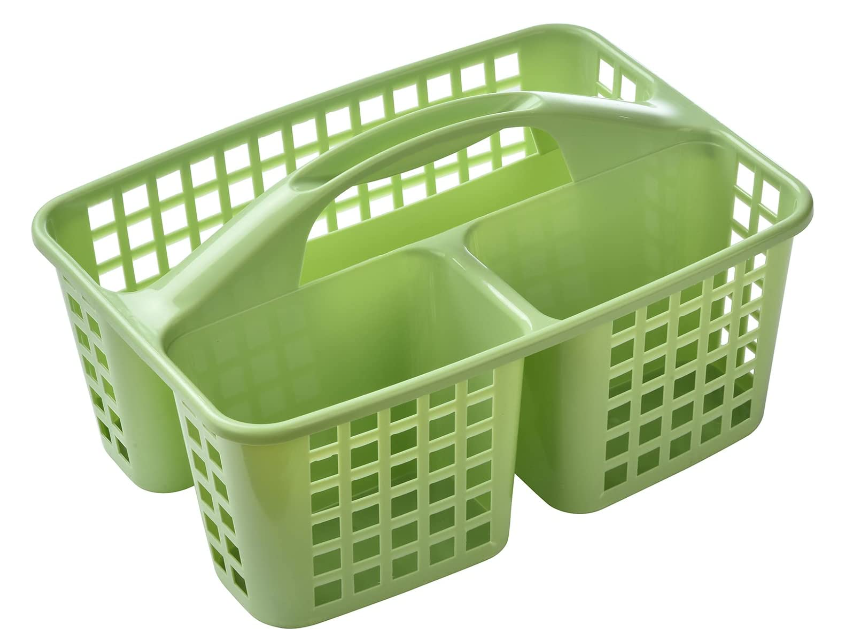
Bring a cheap shower tote with you when you camp. You can use it to tote your toiletries to the bathroom but you can also use it to store camp kitchen supplies, such as spices or grilling tools. You can typically find these handy-dandy items at dollar stores, making them a very cheap investment for a little organization.
3. Keep a Shoe Organizer Hanging with Essentials in Your Tent
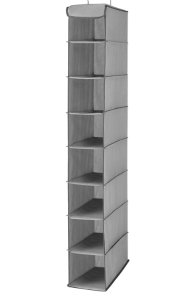
Shoe organizers also act as a great way to organize toiletries or any other small items you want easy access to. You can even hang them inside of your tent! It is like having your own little shelving unit while you camp.
We have found shoe organizer for storage to be good for when we van camp. Plus, they pack flat and take up almost no space when you pack. This one is from Amazon, but Home Goods sometimes has these as well for a bargain.
4. Cleverly Store Your Spices
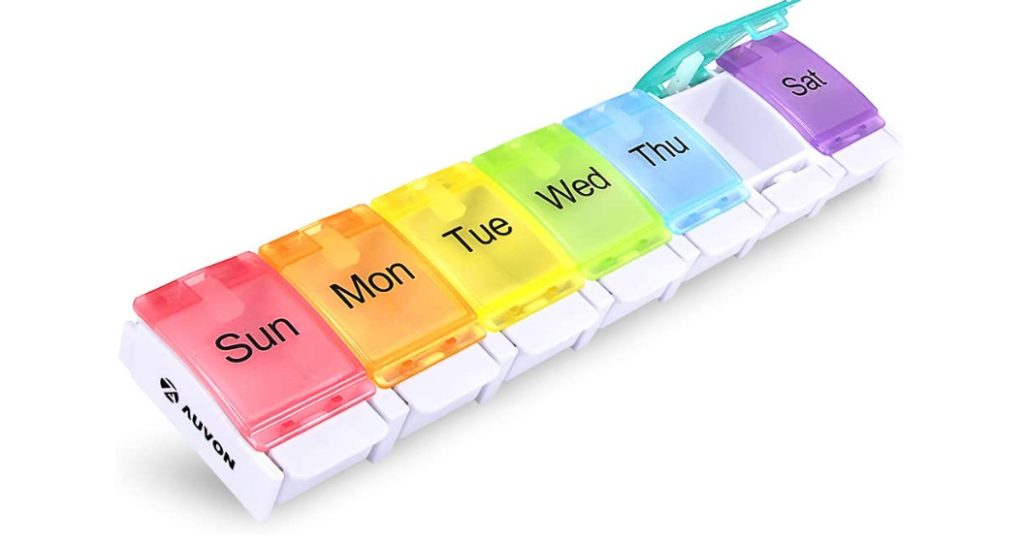
Those days of the week pill organizers that you use to store you meds have more than one use- they are also a great option for spices! Pack all your favorite spices into one convenient carrier and skip the bulk of trying to bring all those bottles from home. You can find these at a dollar store as well.
5. Freeze Water Bottles
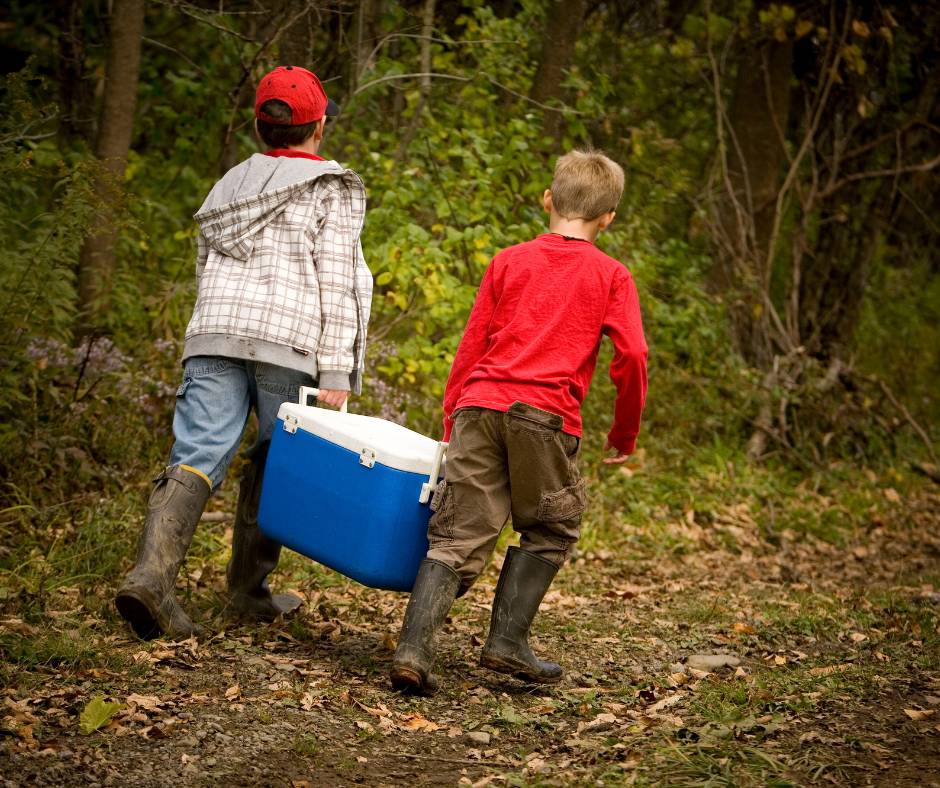
Instead of hauling bags of ice (and dealing with the mess), freeze plastic water bottles and let them slowly melt, first cooling your food, then ensuring hydration.
Simplification is the key to creating a relaxed camping atmosphere. Reduce clutter around the campsite and shorten your packing list by bringing a few ordinary objects that can double as useful camping tools.
If your family prefers to stick to reusable water bottles, buy blocks of ice instead of just cubes. Blocks take longer to melt. Another great option is to buy jugs of water, freeze them for your cooler, and then use that water in your refillable bottles as it melts.
6. Skip the Bulky Lantern
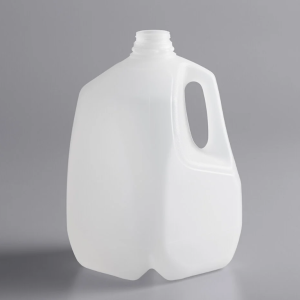
Skip the bulky camping lantern: instead, simply wrap a standard headlamp around a clear plastic water jug. It will light up the entire picnic area for games of cards after dark. You can also use a flashlight that is turned on with a milk or water jug placed on top of it.
7. Let Your Sleeping Pad Play Double Duty
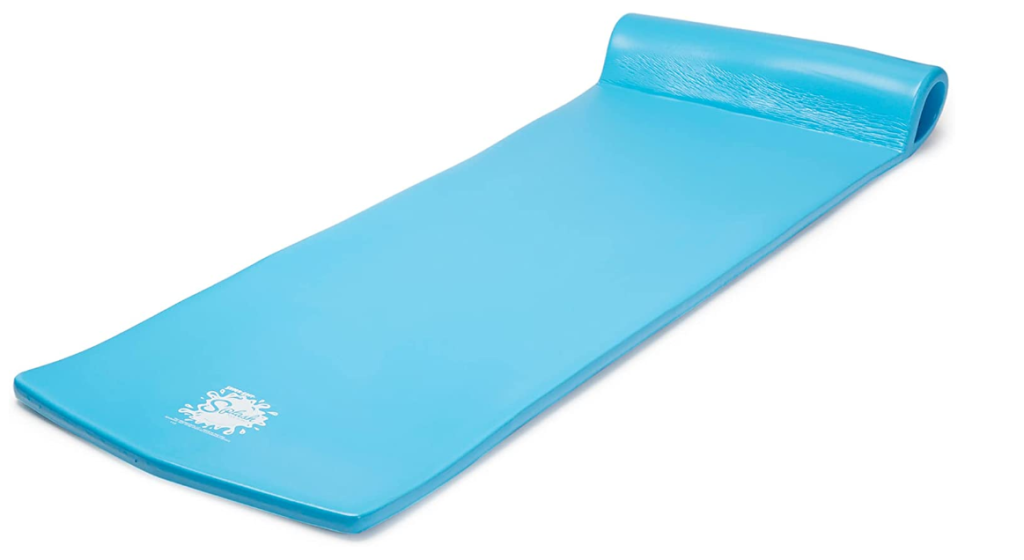
Why bring sleeping pads and water floats? Sleep on plastic blow-up air mattresses or foam pool floats that can go straight from the tent to the lake. Float on them during the day (or take a nap!), then return them to the campsite each night.
8. Make Foil Packet Dinners
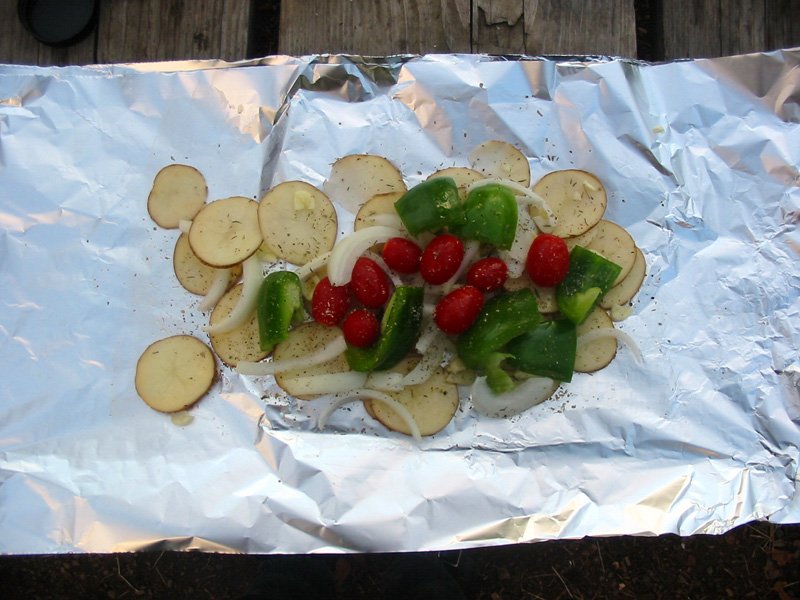
Cooking should be easy and mess free when camping. Create pockets using heavy duty aluminum foil and fill with sliced potatoes, zucchini, onions, bell pepper, pre-cooked sausage, and spices, and then let them cook in the coals.
Each pocket is customizable and fun to eat! When you are finished you can easily can ball them up and toss them.
9. Make My Family’s Favorite Lazy Camp Meal

I learned this trick when on a rafting trip with OARS. Simply grab a couple cans of canned, cooked chicken and mix it into a pre-made bag of Caesar salad that you can pick up at the grocery store.
We find this to be a great option when we have spent all day exploring and don’t want to bother with the camp stove or a fire and best of all, everyone loves it! If you want to get fancy, throw some cherry tomatoes into the mix.
10. Pack Milk Substitutes or Ultra-Pasteurized Milk to Save Cooler Space

Many milk substitutes like soy, almond, and rice milk don’t have to be refrigerated. They also can come in fun flavors which appeal to kids. If your kids are sticklers for moo juice, Organic Valley sells a shelf stable milk that comes in individual servings which are great for travel.
11. Use a Shower Cap to Cover Dirty Shoes

Dirty shoes can be a big problem while camping. Before packing your shoes, place a shower cap over them. Then, when you get back to camp after a day of exploring, use the shower cap to cover the shoe soles to keep the dirt and mud contained.
This will also keep your clothing from getting covered in dirt when you repack your shoes as well as keep your car cleaner if you come back and change your shoes after a muddy hike.
Shower caps can easily be picked up at a dollar store. We find these to work better than shoe covers because they stretch more and can handle my family’s large shoe sizes.
12. Make a Camp Pillow Using Your Clothes
Pillows take up a lot of room in the car and we have had different members of our family forget theirs on more than one occassion. Fear not! Take the bag your sleeping bag is stored in and fill it with clothes. Instant pillow!
13. Bring a Welcome Mat

Pack a small rug or welcome mat from the dollar store and keep it outside your tent or van entrance. It helps prevent dirt and debris from being tracked into your sleeping area.
14. Make Single-Use Soap Leaves

Use a vegetable peeler to shave small soap flakes off a bar of soap. Collect the flakes in a small container or plastic bag. Then you can use the leaves for handwashing or dishwashing. Dr. Bronner’s makes a soap that is good for dishes and heands and is environmentally friendly.
15. Create a Portable Handwashing Station

Hang a water jug with a spigot from a tree and tape a bag of soap leave to it. Drape a dish towel over the back of the jug. This allows you to wash your hands right at camp.
If there are no trees nearby, the edge of a picnic table can work. You can also purchase this collapsible, refillable water jug with a spout that is super duper cool.
16. Always Bring Ziploc Bags

I always fill a gallon-sized bag with more gallon, quart, and sandwich-sized bags when I travel. You never know what you might need them for- snacks to take on a hike, wet clothes, storage for potty accidents you can’t clean right away, leftovers, and so much more. Plus, they pack flat and take up hardly any space.
17. Store Eggs in Ziploc Bags

Speaking of Ziploc baggies, it is always a good idea to pre-crack your eggs and put the proper amount in a plastic bag for each meal you will be using them for on your trip. Then you will have that egg carton available for your fire starters (see #1)!
18. Use Your RX Bottles to Keep Matches Dry

I always love to reduce my trash and repurpose things. Plastic prescription bottles are water tight and the perfect thing to use to store matches.
Wet matches make it really hard to start a campfire and enjoy those S’mores! Be sure to throw a small piece of sandpaper in there to use to strike the matches against and light them.
19. Pack a Collapsible Bucket

Why didn’t I think to invent a collapsible bucket? They have tons of uses and are so easy to store! Use it as a wash basin for dishes, ice bucket for drinks, bucket for collecting kindling, or simply for the kiddos to play with at the beach.
20. Take Your Campfire to the Nest Level with Mystical Fire

I’m not gonna lie, my neighbors and I are kind of obsessed with Mystical Fire. It was a discovery we made during our bi-weekly social distance cul-de-sac fire pits that we still can’t get enough. Just throw a packet or two into your campfire (after you are done cooking) and prepare to be dazzled.
Ready to go camping? Subscribe to our Pit Stops for Kids seasonal newsletter, and get an exclusive camping gear list, free! Click here!

Source: Fix.com
Intrigued? Read more of our camping hacks on fix.com.
Subscribe to our Pit Stops for Kids seasonal newsletter, and get an exclusive travel ‘cheat sheet’, free! Click here!





































